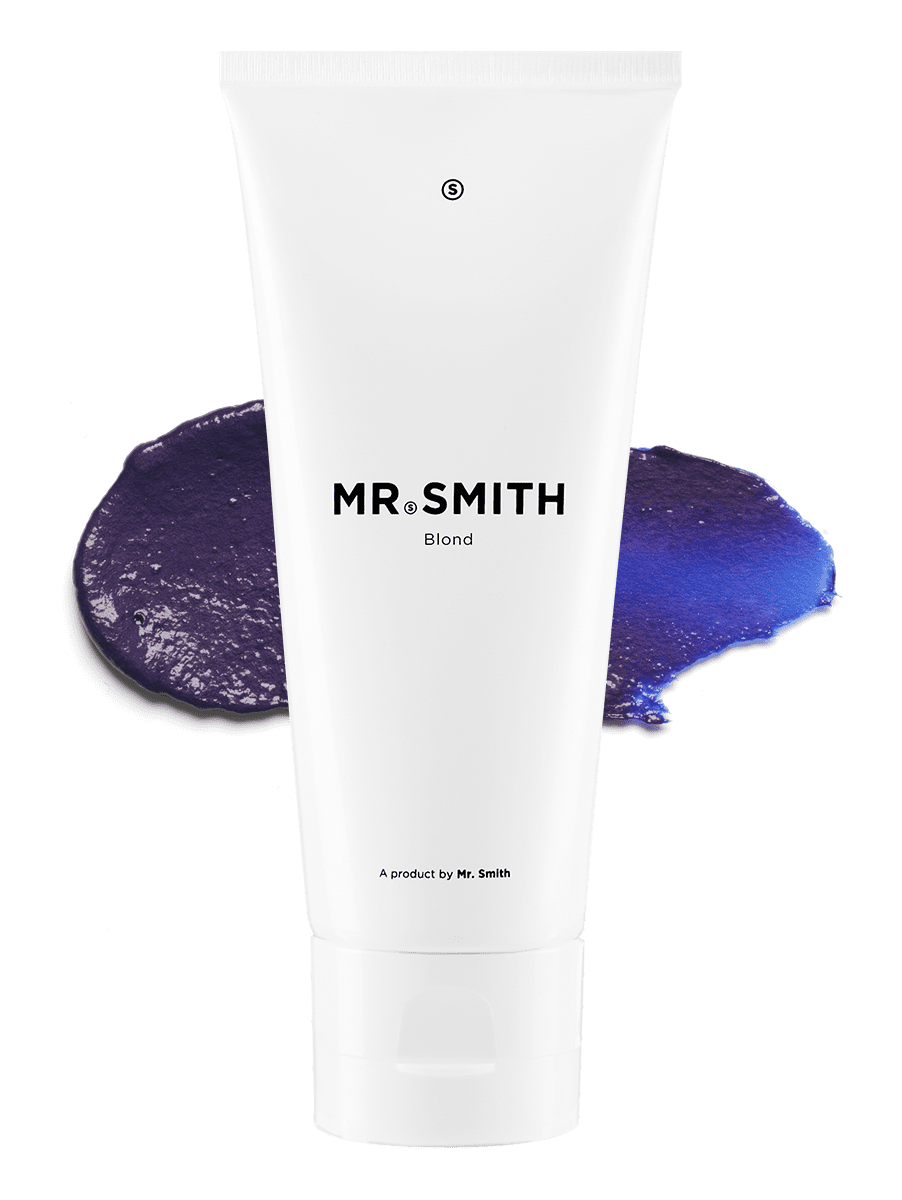Every year, billions of tons of natural resources are used globally. Therefore, it is important that we don’t just throw away products, but reduce the amount of waste we produce, reuse items as much as possible before replacing them, and recycle items whenever possible to protect our natural environment and prevent the amount of waste ending up in landfill.
Being Global Recycling Day we have focused on recycling and recycling symbols. They are the same world wide and explain what products are made from, determining how you recycle it. These symbols are extremely important and yet they aren’t widely understood. The following descriptions will help you understand what each symbol stands for.
1. PET/PETE – Polyethylene Terephthalate
PET or PETE is the most commonly used plastic for single use bottles such as water bottles, soft drinks, peanut butter and salad dressing containers. These plastics are easy to recycle but the container should be emptied or rinsed before recycling.
2. HDPE – High Density Polyethylene
HDPE is a versatile plastic with many uses. Most commonly used for products such as milk cartons, juice bottles, detergents and bleach.
3. PVC/V – Polyvinyl Chloride
PVC/V is tough, versatile and widely accessible so it is used across many products. Most commonly used for products such as toys, building materials, cooking oil bottles, blister packaging. This is generally acceptable for recycling, however you will need to check with your local council on the best way to dispose of it.
4. LDPE – Low Density Polyethylene
LDPE is a flexible plastic with many applications, it is most commonly used in squeezable bottles, frozen food packaging, ice-cream lids, dry cleaning and sandwich bags. It is becoming more accepted into recycling programs however you will still need to check with your local council.
5. PP – Polypropylene
PP plastic has a high melting point and is often used for containers that hold hot liquid, as well as for tubs, bottles, caps and straws. These materials are accepted in most recycling programs.
6. PS – Polystyrene
PS is used to create rigid or hard products. It is quite hard to recycle and is therefore usually not accepted into recycling programs. It is commonly used for disposable plates and cups, take-away containers and aspirin bottles.
7. OTHER – Miscellaneous
A wide variety of plastics do not fit into any of the previous categories such as polycarbonate, which is a hard plastic, and PLA which is made from plants and is carbon neutral. Bullet proof materials, sunglasses, DVDs, computer cases, signs and displays are usually made by plastics in this category. This category is not always accepted in household recycling, so check with your local council.
Most products are recyclable but only certain products are accepted by local councils. It is up to you to check the recycling symbol and ensure that you recycle them correctly as incorrect recycling can ruin and prevent a whole truckload from being recycled.
Mr. Smith’s new packaging is composed of a combination of PP and PCR PE and can be recycled once cleaned out.
As a general rule, codes 1, 2 & 5 can usually be recycled and codes 3, 4, 6 & 7 should be checked before placing it in your household recycling.
Style. Substance. Simplicity.
Mr. Smith
 AU
AU US
US


















